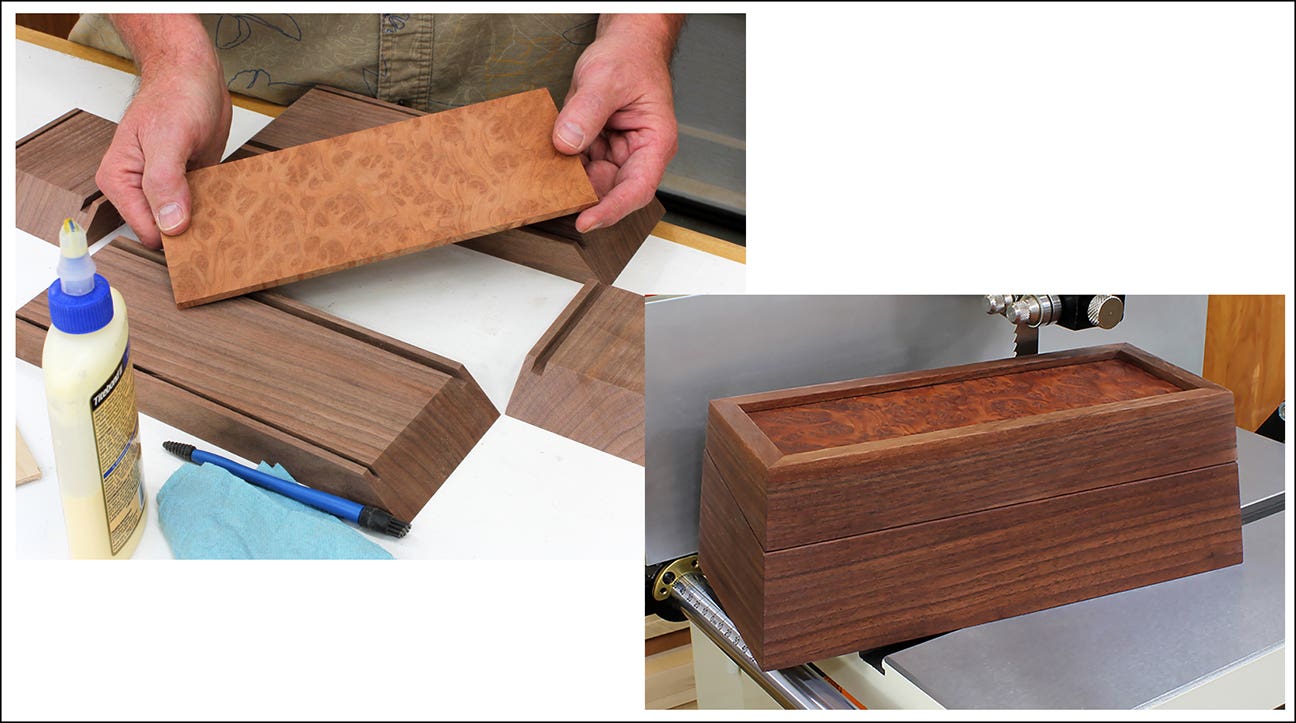Customers know loyalty is a two-way street
Ever wonder why so many otherwise well-managed businesses expend so much effort and advertising dollars to attract new customers, but then seemingly go out of their way to alienate those…
Ever wonder why so many otherwise well-managed businesses expend so much effort and advertising dollars to attract new customers, but then seemingly go out of their way to alienate those they already have? They develop grandiose schemes to figure out what turns customers on, yet devote so little time and effort to determine what turns them off.
Once a customer has made that first purchase from your shop, the sales effort becomes one of providing service. Selling does not stop once the delivery truck has unloaded the product at the customer’s door.
Customer’s expectations have never been higher. They expect quality merchandise, competitive prices, prompt delivery, follow-up service and product performance and the supplier honoring the warranty. Each one of them, no matter how small, thinks their business should be more important to you than anyone else’s. And they’re right.
To maintain your woodworking business in a growth-and-profit mode, it must be bulletproof. That is, doing everything for existing customers that you would for new ones. You must say to each, “No matter how busy I am, I am never too busy for you,” and mean it.
How the customer is treated after the sale is made determines who that person will buy from next time. It is advisable to remember that your competitors are calling on your customers where they are, perhaps offering better prices, better quality of product, speedier delivery and better aftersales service. Your customers are only given to them with your consent.
Fess up and fix up
If your customers tell you or others that your merchandise is shoddy, your staff is rude and/or your service is terrible, it is time to take a hard look into your operation and get to the source of the problems.
Seek out those areas where problems are occurring and where they could occur. Change the old adage from, if it ain’t broke, don’t fix it to fix it before it breaks. Accept where the customer has been shortchanged, fess up to it and get about the task of making corrections.
Innumerable studies have been conducted on what it costs to obtain each new customer. To recite statistics would be meaningless as undoubtedly you would spend less to obtain a small one than a volume purchaser. Still, advertising and promotion is a multibillion-dollar industry, all of which is to serve one purpose and one purpose only. That is to get a potential customer to pick up the telephone and make an inquiry. Once this occurs, advertising has done its job.
To buttress advertising, many larger shops and wood product manufacturers have sales staffs whose sole purpose is to find new customers and make sales. All of this causes one to ask, “If you go to all this bother and expense to obtain a new customer, should you not expend at least an equal amount of effort to retain one that you already have?” Of course you should. Still, so many businesses go through all of this to obtain new customers and forget all about taking care of those they already have.
No matter how you go about, it is a given that finding new customers can be expensive. It is also a given that retaining those already “logged on” is far cheaper and more productive. The existing customer is a known quantity. Loyal customers buy more than new ones, they argue price less and are more accommodating with mistakes such as late deliveries. As individual customer purchases increase, cost per delivered unit decreases proportionally.
An active approach
Some tips to ensure high customer retention:
Sell needs, not products: Solve problems. Ensure that what you sell has a definite value to the customer, not just a procedure for you to get their money into your bank.
Have a clearly defined aftersale service policy: Ensure that every person on your staff, including the newest one hired, knows, understands and carries it out. In survey after survey, aftersales service and failure to respond to problems was the No. 1 complaint and the main reason why customers went elsewhere. If a customer phones to complain, how long does it take you to respond? The cornerstone of bringing them back is your adaptability to the changing needs and wants of the customer, flexibility, responsiveness to their problems and not passing the buck.
Have a clearly defined procedure to identify, clarify and rectify problems areas, one that fesses up and fixes up. You cannot adopt the position that if you ignore a problem long enough, it will just go away. Yes, in time it will and so will the customer. Zero defects is an unattainable goal. Having products that occasionally fail and making the odd mistake is inevitable. They happen. What counts is how you respond and the preventive action taken to ensure that it does not happen again. While one negative experience, unattended to or glossed over, can nullify years of good relationships, going out of your way to resolve the problems cements those relationships.
Design and implement a sales and aftersales service policy that is, at the minimum, as good as your competitors. Try to be better, but don’t give away the farm to obtain or retain customers. Be active. Make yourself aware of your competitor’s products, pricing, aftersales service policies, etc. Compete on the basis of quality, service, filling needs, satisfying wants, doing the job, meeting expectations and, of course, price.
Educate your customers and staff. No business can be run on the basis of a five-alarm fire. You must format customer expectations into the scope of your product line, capabilities and expertise. Teach them that the difficult tasks can be done immediately, the impossible takes a little longer. You will find fewer unreasonable demands when your customers know your limitations and constraints. Still, be consistent. As you do for one, do for all.
Monitor your own operation, not from the perspective of what you perceive to be there, to justify its shortcomings or tell yourself that everything is just fine, but to determine what it actually is. Consider your shop and business from the perspective of the customer. Would you patronize were the tables turned? If you have your doubts, it is time to make changes.
Have clearly defined credit and collection policy: Good customers expect to pay their bills. The better ones do and, within a given time frame, if they know what that time frame and your policies are. Never be embarrassed about asking for money. You have provided the goods and services. It is now their turn.
Continually test your products, programs and policies against general market inferences, customer expectations and the influence of your competitors. Their needs and wants change. Your products and services must keep pace.
Finally, keep in mind that the greatest difficulty is not building a business, it is sustaining it. There is an older economic theory that states: Where capital goes and capital is earned, competitive capital will follow. Otherwise stated: success breeds competition and if you don’t have any now, that will soon change. As the number of products of the market increases and the number of competitors to sell them is increasing faster than the market’s absorption capability, the competition will constantly solicit your customers and offer incentives of all sorts. Since you were there first and you have them, they can only be taken by a competitor with your consent.
Make your woodworking shop bulletproof. Listen to your customers and act to ensure satisfaction. Then they will remain with you.
Lloyd R. Manning is a semiretired commercial real estate and business appraiser, financial analyst, and author. He can be reached at lloydmann@shaw.ca.
This article originally appeared in the August 2013 issue.






